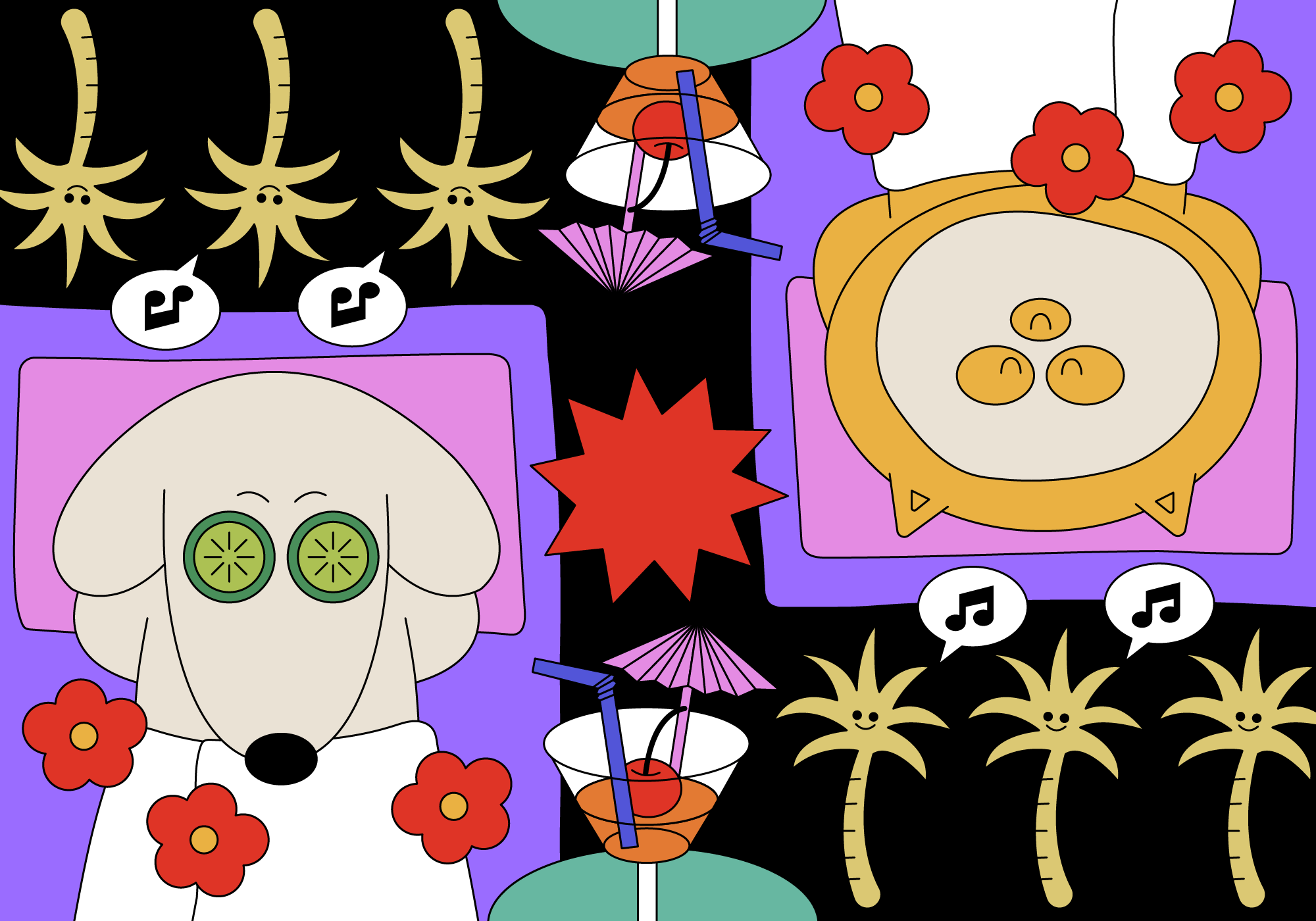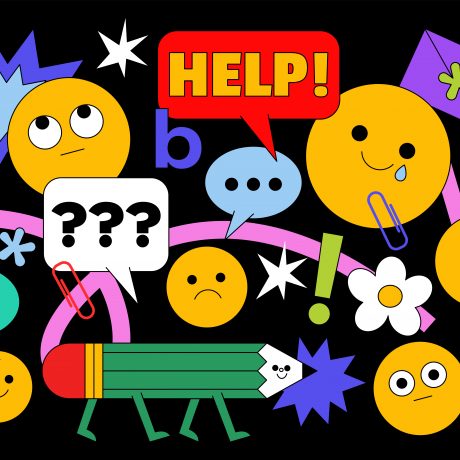
Q: I know that artists sell work but I have no idea how it happens. I’m at a point where I think I could start selling stuff, but the whole premise makes me feel weird and overwhelmed. And if I do decide to sell, how would I even go about it?
You’re right. Selling art work can feel like a weird thing to do. Weird to say goodbye to something you created, weird to send it off to live with someone you don’t know, and weird that they might then sell it themselves for more money and you won’t see a penny of that.
But this has been happening forever and you’ve got to pay the bills. And besides money, selling artwork can also increase your reach and the future value of your work. It’s definitely worth learning about how it all works so you can get past the weirdness. You’ll then be able to make decisions from a more confident and informed position.
Start small. Plenty of artists sell work independently. Original artworks or prints, this can be casual, fast, and done through social media. You can use PayPal or bank transfers, and it’s often a contract-free exchange. This happens every day, and it is mostly fine, but it means you assume all the risks that come with selling.
“The process of acquiring commercial gallery representation can be quite mysterious. It’s not simply a case of putting in an application”
You might want more security, especially if you are attracting big buyers. Gallery representation might be the way to go, and not just for peace of mind. A professional middleman might make the buyer feel more at ease, like the whole thing is luxurious, and make your art seem worth more because of the official procedures surrounding it.
However, the process of acquiring commercial gallery representation can be quite mysterious. It’s not simply a case of putting in an application. Curators approach artists based on their reputation, work, trends, popularity and vibes. It’s rare but sometimes galleries contact artists as soon as they graduate based on degree-show exhibitions.
Mostly though, it is a case of an artist showing in multiple places, being written about, growing a network through studio visits and so on. Gallery representation can come at the end of a slow build after an artist has established both themselves and their practice.
If you have a choice in the matter, try to work with a commercial gallery that feels like a good fit, somewhere where you can have a productive, generative working relationship. You want to be able to trust them but trust is a long-term effort. At least make sure your interests are aligned from the start. They’re not going to strong-arm you into NFTs, are they? If so, run.
“Try to work with a commercial gallery that feels like a good fit, somewhere where you can have a productive, generative working relationship”
And as with any job, speak to the other employees before you sign anything. Look at who else they have on the roster. If you can, speak to whoever has been with them the longest. Some artists I know have felt sidelined over time, less invested in, and it can take a toll not just on mental health but also on the visibility of someone’s entire artistic output.
Now, once you have a gallery to work with, you have to figure out what you are comfortable with on the contract. Commercial galleries usually take 50 per cent commission on the sale of work, although that number can vary. On the one hand, that figure is daylight robbery. On the other, the main income these places operate on is usually the commission they take from the sale of artworks, so it is what it is.
Is that number okay with you, though? Do you think you could make more money overall with a seller than you would if you sold your own stuff and got to keep the full 100 per cent? That’s for you to decide, even though it feels impossible to know.
“Start small. Plenty of artists sell work independently. Original artworks or prints, this can be casual, fast, and done through social media”
But money isn’t everything to look for in the contract. The deal here is that you make work and they sell it. Where are you going to make that work and where are you going to keep it? It would be good if they could help you out with studio space. It would be good if they could help you out with storage too. Sometimes this goes the other way unfortunately, and galleries actually charge artists for storage of their own work.
Check how long the contract lasts too? Is there a break clause? Who covers damages? Is there exclusivity? An exclusivity clause will specify who else is able to sell your work. Normally galleries only ask for exclusivity in the country they’re based in, but note that this could include direct sales, including any work you sell yourself.
It’s hard, it’s weird. All these steps feel miles away from art itself. But they could actually also be a way forward to making art, and for that to be the only thing you do for a living. That’s the dream, right? God, it’s such a faff. Just sell your work on eBay.
Culture Therapy: Let Art Solve Your Problems
What we’ve written about only covers the start of selling art. We have only touched on what it is like to make money at a casual, mortal level. But this stuff goes far. And it can get incredibly dramatic.
The world of art and money is tied together in a way that makes me feel dizzy and sick: collections, restorations, auctions, inheritance, theft, forgery, legacy, ego. So much gets moved around and it isn’t going to artists, it’s going to the people doing the moving, the collectors flipping paintings like houses.
“So much money gets moved around and it isn’t going to artists, it’s going to the collectors flipping paintings like houses”
All of this drama was captured in a 2018 documentary called The Price of Everything, directed by Nathaniel Kahn. It centres on Larry Poons, an artist who extricated himself from the busy, monied scene because he just wanted to make art without all of that noise. But the film stretches out, interviewing artists and buyers alike.
It discusses why people spend all of this money, what art adds to their life and their social standing. And in emotional conversations with artists, it explores value, motivation, visibility and productivity, which have all become intrinsic to art-making whether artists like it or not.
Illustration by
, an illustrator based in Hanoi
Have a question for The White Pube?
Get in touch with Zarina and Gabrielle at info@thewhitepube.com
VISIT WEBSITE





